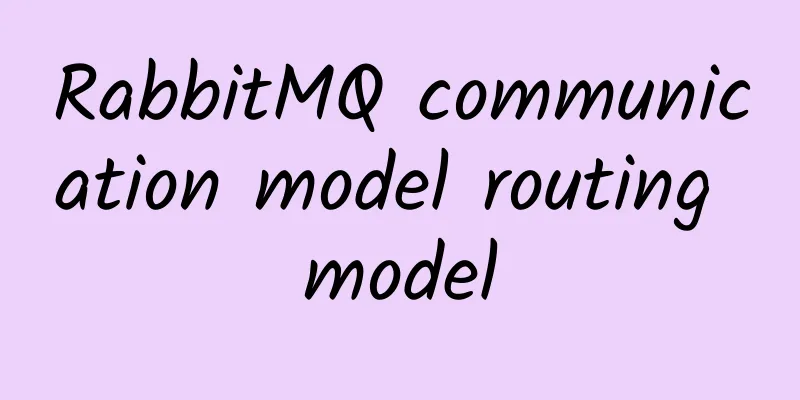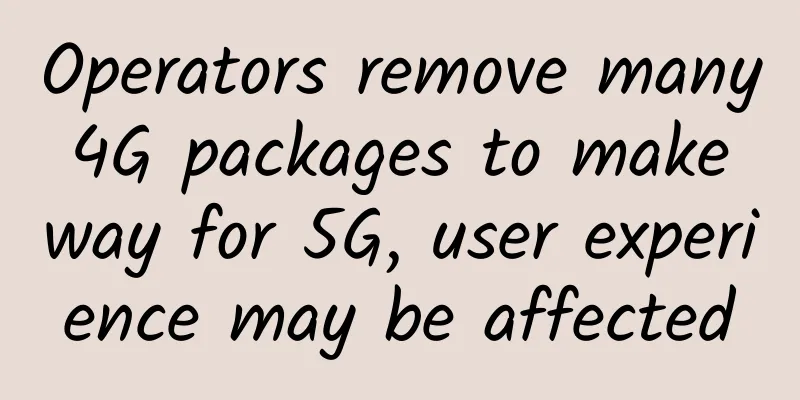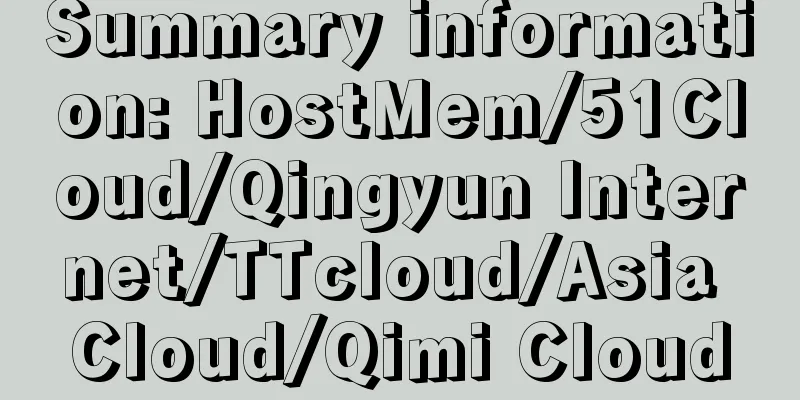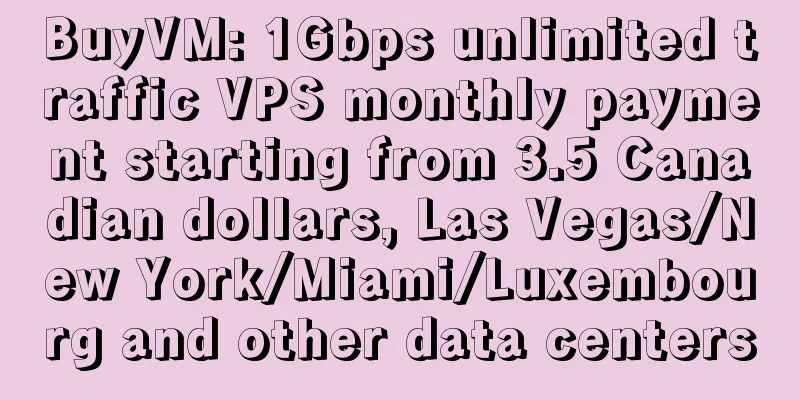RabbitMQ communication model routing model

|
Hello everyone, I am amazing. Today, I will lead you to continue learning RabbitMQ and understand the routing model, one of the five communication models of RabbitMQ. There will be a series of tutorials on RabbitMQ in the future. If it helps you, remember to pay attention~ Previous PortalRabbitMQ (1) hello world RabbitMQ (II) Communication Model - Work Model RabbitMQ (III) Communication Model: Publish-Subscribe Model Routing ModelRabbitMQ provides five different communication models. In the previous article, we briefly introduced the publish-subscribe model of RabbitMQ. This article will learn about the routing model (direct) in RabbitMQ. Routing model (direct): The routing mode is equivalent to an upgraded version of the distributed subscription mode, with an additional routing key to constrain the binding of queues and switches. In the routing model, the producer sends a message to the switch, and the switch forwards the message to the corresponding queue according to the routing key of the message. Each queue can be bound to multiple routing keys, and each routing key can be bound to multiple queues. Consumers receive messages from queues and process them. When a routing key is bound to multiple queues, the switch will send the message to all bound queues. When a queue is bound to multiple routing keys, the queue will be able to receive messages corresponding to all routing keys. Applicable scenariosThe routing model is suitable for scenarios that require point-to-point communication, such as:
Demo
// Producer
// Consumer 1 // Consumer 2
summaryThis article introduces the use of the routing model in the RabbitMQ communication model, which implements point-to-point communication through switches and routing keys. It is suitable for scenarios that require point-to-point communication. In actual use, the following points should be noted:
I will continue to update the series of articles on RabbitMQ in the future. Interested friends please continue to pay attention~~~ |
<<: How to ensure wireless network infrastructure supports Wi-Fi 6/6E?
Recommend
How to find the causes of various network failures?
Network outages, freezes, unstable connections, a...
Report: Global 5G mobile data traffic is growing explosively
Mobile network operators promise their users that...
Megalayer: Hong Kong/Singapore/US VPS annual payment starts from 199 yuan or 24 yuan/month, dedicated server starts from 399 yuan/month
Megalayer is a foreign hosting company establishe...
Wangsu Security: To prevent the “barrel effect” in network security, how can enterprises build “systematic security”?
Recently, a technical exchange meeting on Wangsu ...
5G industry enters a fast-forward period, and the three major operators have their own unique layouts
As the construction of 5G networks continues to a...
Online troubleshooting guide: The ultimate way to bring your server back to life
Have you ever encountered these headache-inducing...
Quantum computing is always mixed, which requires constant coordination
The modern computing revolution was driven by the...
80VPS: Los Angeles cluster server monthly payment starts from 750 yuan, Hong Kong CN2 cluster monthly payment starts from 1400 yuan, 8C (232 IPs)
80VPS is an early established Chinese hosting com...
RackNerd: $18.88/year-AMD Ryzen7950X/1.2GB/25GB/2.5TB@1Gbps/San Jose data center
RackNerd's New Year 2024 (AMD Ryzen 7950X ser...
In 2020, my country's total base stations reached 9.31 million, and the interconnection bandwidth of the three major operators surged
[[411113]] According to the latest report "C...
What is the value of 5G at the edge?
A lot of people have been questioning the value o...
4G tops the list, 5G takes off: 4G accounts for 53% of China's total connections in 2025, 5G accounts for 47%
On February 23, the "2021 Mobile World Congr...
A comprehensive review of the main concepts of K8S!
[[392655]] This article is reprinted from the WeC...
What are the applications of machine learning in network management?
As networks move toward automation and intelligen...
In the era of intelligence, computing power is upgraded, and Huawei Cloud enables the intelligent transformation of the industry
[51CTO.com original article] Recently, Huawei hel...









